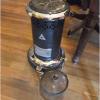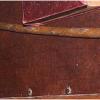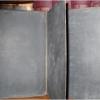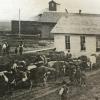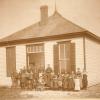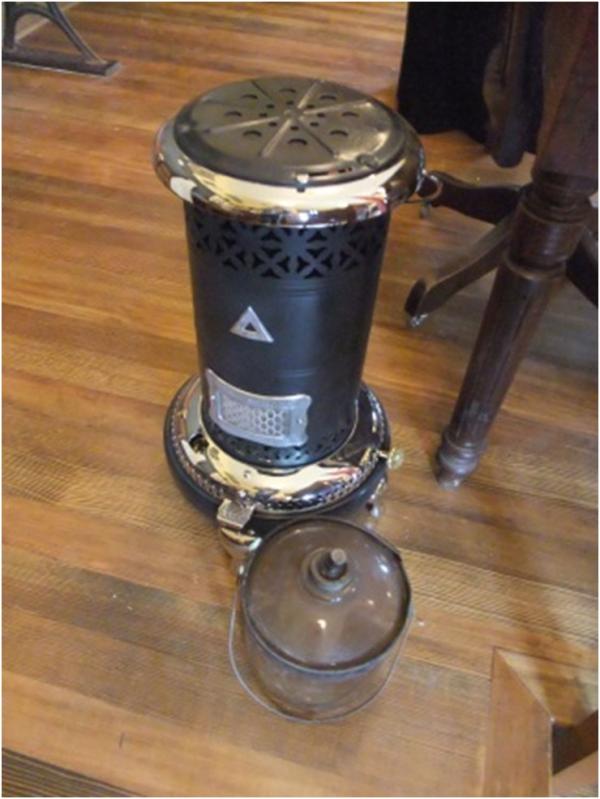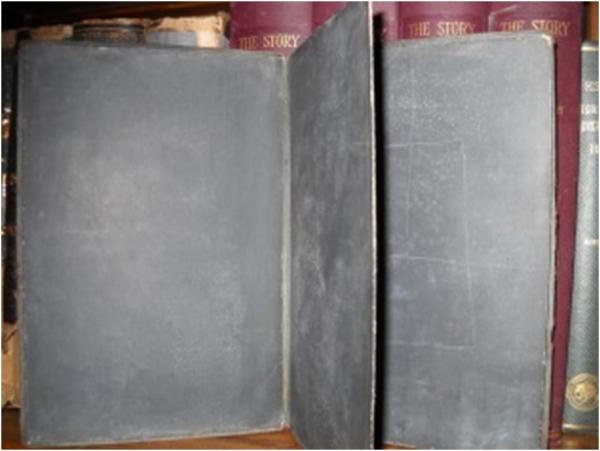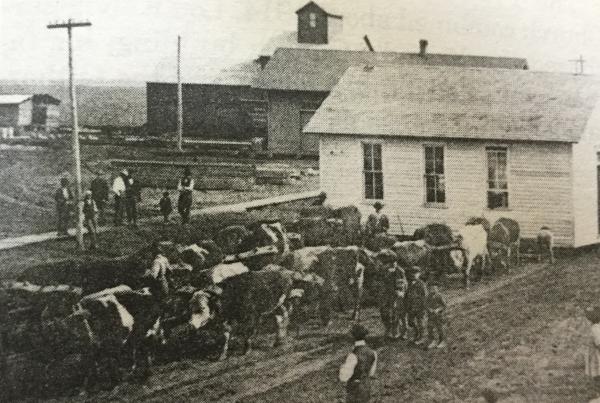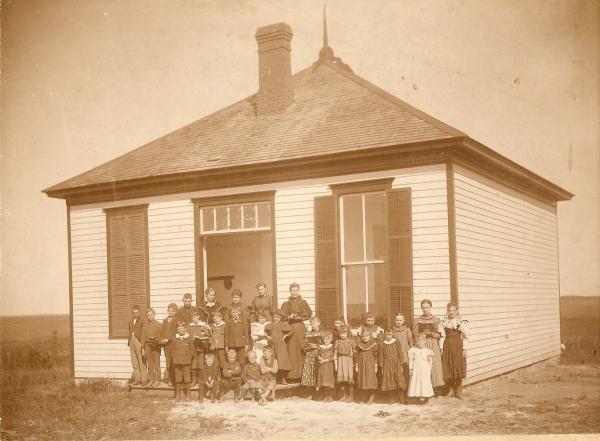Schools Long Ago
| Grade | 1st Grade | Class | Length of Lesson | 30-45 Min |
| Lesson Title | Schools Long Ago |
| Unit Title | Schools Long Ago |
| Unit Compelling Question | How much do schools in the past and in other places around the world differ from ones today in America? |
| Historical Context: -Schools are constantly changing and it's important for children to recognize how much schools have changed. Many artifacts are used in this lesson. The artifacts are helpful for the students because they get to see pictures from time periods long ago and compare them to their schools today. 2018.036.002 -This artifact is a picture of a Kerosene heater that could be found in one-room schoolhouses. This heater could be moved around the room and was very useful during the cold, winter months. Students could compare their heating systems in their school to this portable heater used in the past. 2018.036.006 -This artifact is a picture of a wooden pointer that would be seen in old one-room schoolhouses. The use of the pointer could vary. It was mainly used for pointing to information on the chalk board so students could easily follow along, but it would sometimes be used as a "discipline" tool by smacking the knuckles of students who misbehaved. Students can use this artifact to discuss if pointers are still used in classrooms today, and if so, how have they changed. Also a discussion about how discipline has changed in schools. 2018.036.004 -This artifact is a picture of a writing slate. These chalk writing slates would be used in school houses during the late 1800s. A discussion with students about this artifact could take place, talking about if they have used chalk on a chalkboard before, what has seemed to take place of the slate and chalk? (paper and pencil, whiteboards and markers) Students could also use a writing slate if the teacher has some available. 2018.051.033 -This artifact is a photo of the first school in Kanawha, Iowa in 1900. This photo shows how the oxen are moving the school building into town. This artifact can be used for showing students' schools from long ago, discussing the looks of the outside of the school, and discuss why there are oxen around the school. 2018.021.051 -This artifact is a picture of Eureka School, which was located in Rice Township, Ringgold County, Iowa. The building only cost $500 to build and was only 26 feet x 27 feet. Students could discuss how this school from the past looks and how it compares to schools today. Comparisons to the cost of the students' school and how big their school is could be made to the Eureka School. |
|
| Lesson Supporting Question | |
| Lesson Overview | This lesson will look at pictures of American schools and items found in one-room schoolhouses from the past and allow students to compare them to their school today. This lesson will help students think like an historian by allowing them to ponder questions that historians may ask. |
| Primary Sources Used |
|
| Resources Needed | Video clip (1:24-1:58) https://www.youtube.com/watch?v=4sZ_9hkeDic Long Ago vs Today worksheet https://drive.google.com/file/d/1PJewjXEU3nj52iQ8WVH7yPdXZaJVsyam/view?usp=sharing |
| Standard | |
| Lesson Target | The students will discuss each photo and how it differs/relates to schools today. |
| Lesson Themes | |
|
| Formative Assessment (How will you use the formative assessments to monitor and inform instruction?) |
The worksheet where the students must put the items into the correct category can help the teacher to see if they |
| Summative Assessment (How does the lesson connect to planned summative assessment(s)?) |
This lesson ties into the summative assessment because at the end of the unit, Schools: Comparing Long Ago, Today, and Other Cultures, the students will be able to choose which topic they want to present about. Some students can choose to present about schools today, schools from long ago, or schools in other places around the world. |
| Author | Savannah Shilling | Created | Last Edited | ||||
| Reviewer: Dr. Chad Timm, Simpson College | |||||||
| Lesson Plan Development Notes: | |||||||

